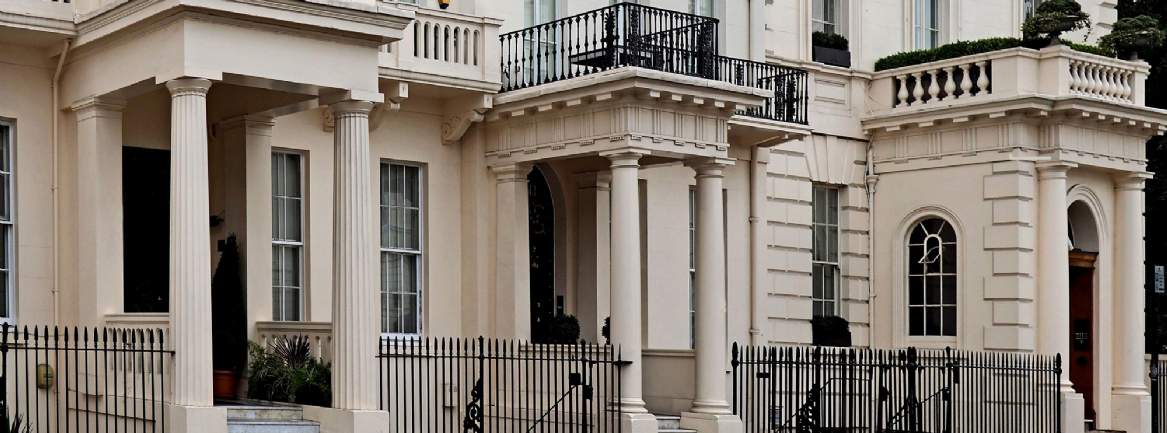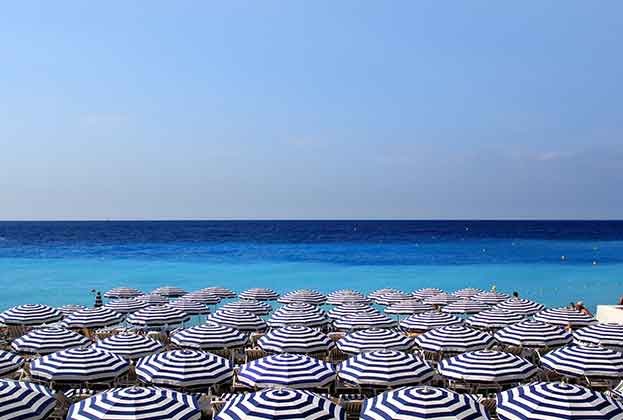Yes, some Brexit uncertainty remained. However, increasingly this was seen as a short-term concern primarily impacting domestic buyers.
Then, much like the rest of the UK residential market, activity fell significantly as the Covid-19 lockdown essentially put the market on hold.
Data from LonRes suggests that, whereas £1m+ transaction levels in central London in January to March were 18 per cent above those a year earlier, in April and May they fell by 64 per cent.
Since then much of the prime housing market in the UK – the top 5 per cent to 10 per cent of the market - has seen a very strong burst of transactional activity; partly a function of pent-up demand, partly as a behavioural response to lockdown. It has been mostly driven by wealthy domestic buyers who have reassessed their needs and searched for more indoor and outdoor living space along London’s wealth corridors, its established commuter belt and, given a renewed appreciation of the virtues of country living, in the ‘shires’.
Make no mistake, activity in central London has picked up with transaction levels in June increasing by 67 per cent in the market above £1m. But it has not done so to the same degree as other parts of the prime market. In a market where discretionary buyers outnumber the “needs-based”, there has not been the same sense of urgency. Travel restrictions have constrained international demand, while the lockdown and its very gradual easing have, for the moment, robbed central London of some of its buzz.
This is reflected in spending in the market above £5m where international buyers are traditionally most active. Here, £1.1bn was spent in the first quarter of the year, some 25 per cent above the average of the preceding five years. However, in the second quarter this fell back to £500m of which £234m was spent in June.
Against this backdrop, in the three months to the end of June we saw another softening of prices. In that period values fell by -1.1 per cent according to our prime central London index.
That modest adjustment reflected not just where pricing already sat but also a relative absence of people actively looking to divest themselves of such rarefied real estate. These factors are likely to continue to insulate this part of the market against further price falls over the remainder of the year.
In time, international restrictions will ease, the global wealthy will return from the country or from overseas, and central London will regain its buzz. But a recovery in prices has been delayed.
And despite having made up some of the losses initially incurred, the net fall in the value of global stocks and commodities since the onset of the pandemic will have eroded a little of the existing wealth of the ultra-high net worth individuals who play in this market.
Of course future investment may be pointed more towards safe haven assets (witness the continued strength of gold prices), and there seems no reason why London should not continue to form part of that investment basket, but weakened global economic forecasts have also impinged on future wealth generation.
As a consequence of these factors, and the delayed recovery, we have reduced our forecasts for the next five years for the most expensive of UK property. However, we believe that further falls in value are likely to be limited in a market that has more than adjusted to the prevailing tax environment and looks good value on a world stage.
Further information
Visit Savills Research

.jpg)
.png)



.jpg)


.jpg)
